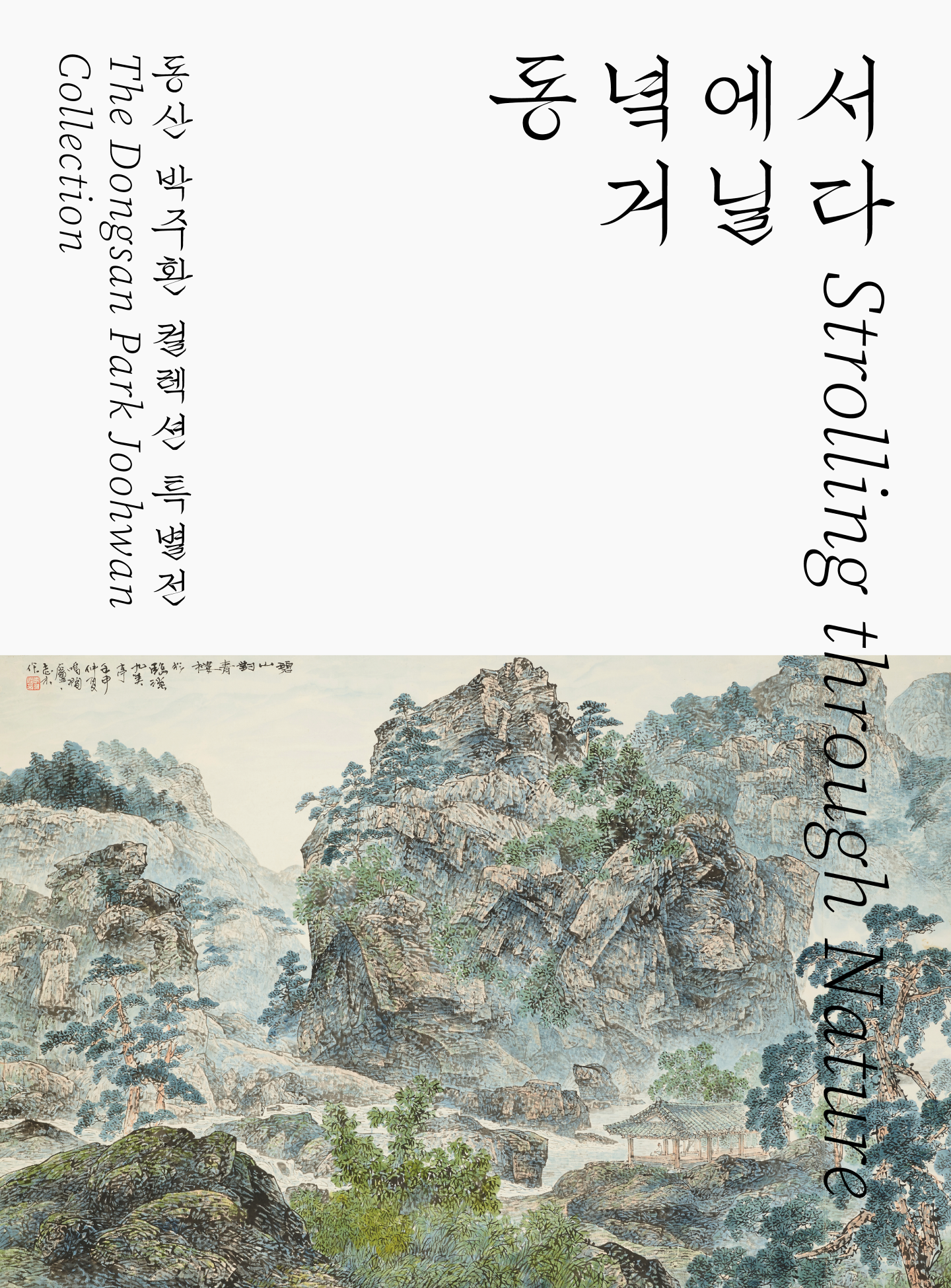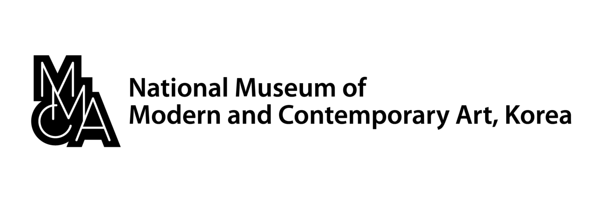May 18, 2023–February 12, 2024
313 Gwangmyeong-ro, Gwacheon-si
13829 Gyeonggi-do
Republic of Korea
Hours: Tuesday–Sunday 10am–6pm
T +82 2 2188 6000
Artists: 57 painters, including Kim Kujin, Heo Baekryeon, No Soohyeon, Lee Sangbeom, Byeon Gwansik, Chang Woosoung, Kim Kichang, Lee Kyusun, Ha Taejin, Lee Youngchan, Song Soonam, Lee Cheoljoo, Suk Ranhi, Song Sooryun, Hong Sukchang
The Park Joohwan Collection refers to 209 works collected by Part Joohwan, the founder of Dongsanbang Gallery. The Gallery was founded in 1974 in Park Joohwan’s former mounting shop in the Insa-dong neighberhood of Seoul. It was aimed to create a base for promoting modern and contemporary hangukhwa (Korean paintings using traditional materials, styles, and techniques) by identifying emerging Korean artists and organizing innovative exhibitions. The Park Joohwan Collection that he amassed through these efforts, was donated to the National Museum of Modern and Contemporary Art, Korea (MMCA) by his son Park Woohong who is a current president of Dongsanbang Gallery in 2021 and 2022. The collection consists of 154 hangukhwa, 44 oil or acrylic paintings, six sculptures, four prints, and one work of calligraphy. This special exhibition Strolling through Nature: The Dongsan Park Joohwan Collection features 88 paintings selected from the collection.
Learning to create new paintings based on older ones
The Park Joohwan Collection explores the genesis of modern Korean painting from the 1920s. The founding of art institutes and the promotion of Korean art at the time were rooted in the emergence of the “exhibition” format, such as the Calligraphy and Painting Association Exhibition (Seohwa hyeophoejeon; 1921–1936) and the Joseon Art Exhibition (Joseon misul jeollamhoe; 1922–1944). It was also part of the process of painters seeking their own creative directions under the direct and indirect influence of the introduction of compositional principles from Western painting such as perspective.
Real-view landscape in Korean painting
In Part II, the exhibition presents works by artists who strived to transmit traditional painting and shape the identity of Korean painting amidst the turbulence of the Korean War (1950–1953) following the country’s liberation in 1945. Each of these artists took divergent courses from that being pursued in Western-style art circles. In addition, after the establishment of fine art colleges, they served as faculty members in the departments of Oriental painting and contributed to creating an educational basis for modern hangukhwa.
Traditional motifs and new vocabularies
Part III presents works by artists who studied in the department of Oriental painting in colleges in Korea. They have sought a direction for contemporary hangukhwa since the 1960s by distinguishing their work from the vocabulary of Western painting. The young artists group Mook Lim-Hoe (1960–1964) and the Ink Painting Movement in the 1980s led experiments in abstraction in contemporary hangukhwa by studying the spirit of traditional ink painting and developing new visual vocabulary using painting materials.
Moderation: the face of today
With the globalization and inflow of new cultural elements in the 1990s, the art scene in Korea was called on to respond to a wide range of subjects and phenomena, and the form and content of art became more innovative and experimental. Art world in Korea began to incorporate different media, forms, and genres. Part IV presents artists who have freed themselves from the traditional media of ink painting (paper, brush, and ink) and features prints and Western-style paintings that pursue a unique painting value for hangukhwa or embody the Eastern aesthetics found in traditional motifs.
Epilogue: paintings in life
Paintings can be appreciated in different ways. We see nature unfolding before us as we enjoy a landscape, and we can contemplate our blessings and good fortune while enjoying a painting with auspicious symbols. Since early on, Korean painters have utilized this aspect of painting to communicate and convey special meanings to the people around them. Through this exhibition, we hope visitors can take home with them the sentiments of these paintings by Korean artists and the good fortune that they signify.


